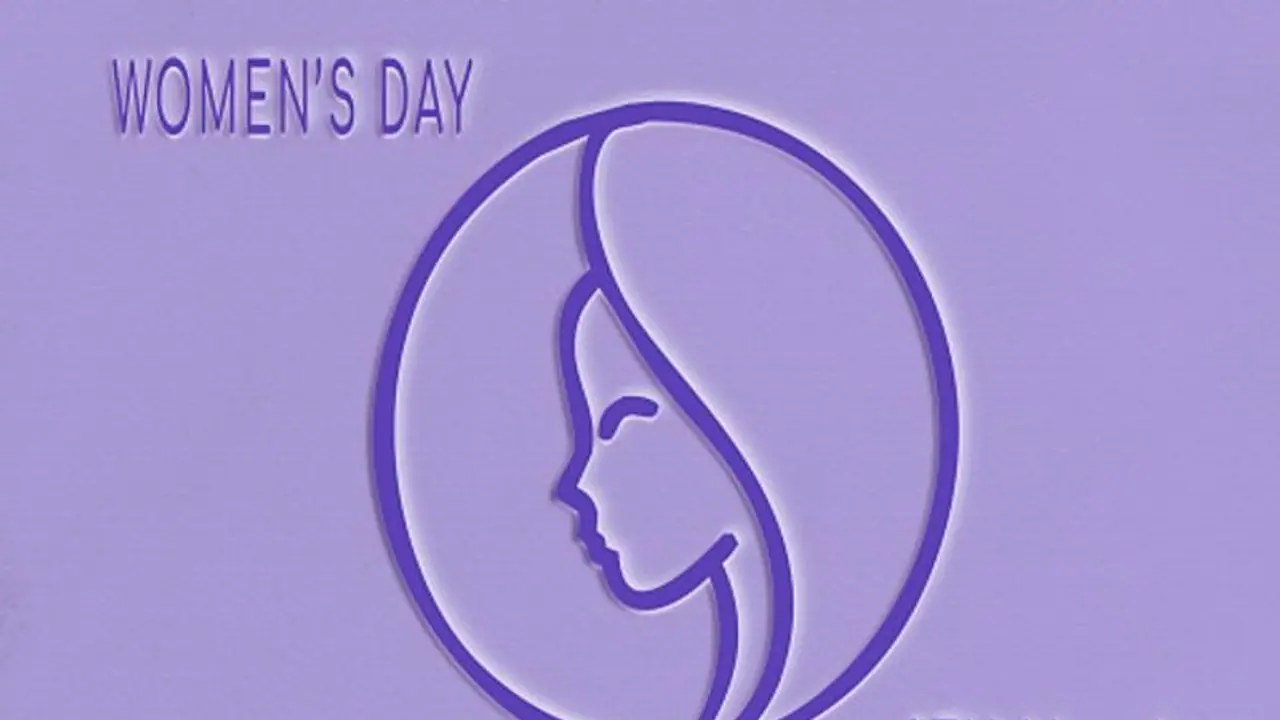International Women's Day, observed annually on March 8th, serves as a global celebration of women's achievements, resilience, and progress towards gender equality. Among the myriad symbols associated with this significant day, the colour purple stands out prominently. But why purple?
International Women's Day, observed annually on March 8th, serves as a global celebration of women's achievements, resilience, and progress towards gender equality. Among the myriad symbols associated with this significant day, the colour purple stands out prominently. But why purple?

Historical Roots:
The association of purple with International Women's Day can be traced back to the early 20th century when the women's suffrage movement was gaining momentum across Europe and North America. During this period, purple, along with white and green, emerged as one of the movement's symbolic colours, representing dignity, purity, and hope.
The Suffragette Movement:
In the United Kingdom, suffragettes adopted purple as one of their official colours, along with green and white. Purple signified loyalty and dignity, serving as a visual representation of the suffragettes' unwavering commitment to the cause of women's suffrage and their demand for equal rights and representation.
Unity and Solidarity:
Purple is also associated with unity and solidarity among women. It represents the collective strength and resilience of women worldwide as they strive for gender equality, social justice, and empowerment. By embracing the colour purple on International Women's Day, individuals and organizations demonstrate their support for women's rights and their commitment to advancing the status and well-being of women and girls everywhere.
Feminist Symbolism:
In contemporary feminist movements, purple continues to hold significance as a symbol of solidarity, intersectionality, and inclusivity. It represents the diversity of experiences and identities among women and underscores the importance of collective action and allyship in the fight against gender-based discrimination and oppression.
Honoring Women's Struggles and Triumphs:
The colour purple also carries deeper cultural and historical meanings across different societies and civilizations. In some cultures, purple is associated with royalty, wisdom, and spirituality, further elevating its significance in the context of International Women's Day. By embracing purple, we pay homage to the struggles and triumphs of women throughout history and reaffirm our commitment to creating a more equitable and inclusive world for future generations.
In essence, the association of purple with International Women's Day encapsulates the spirit of empowerment, resilience, and solidarity that defines the global women's rights movement. It serves as a reminder of the progress we have made and the work that remains to be done in achieving gender equality and justice for all. As we celebrate International Women's Day each year, let us continue to honor the contributions of women past and present, and work together towards a more just and equitable future for all.
So, when you see the world painted in shades of purple on International Women's Day, remember the rich symbolism and the collective aspirations it represents—the hope for a world where every woman and girl can thrive, unencumbered by barriers and prejudices, and empowered to realize their full potential.
